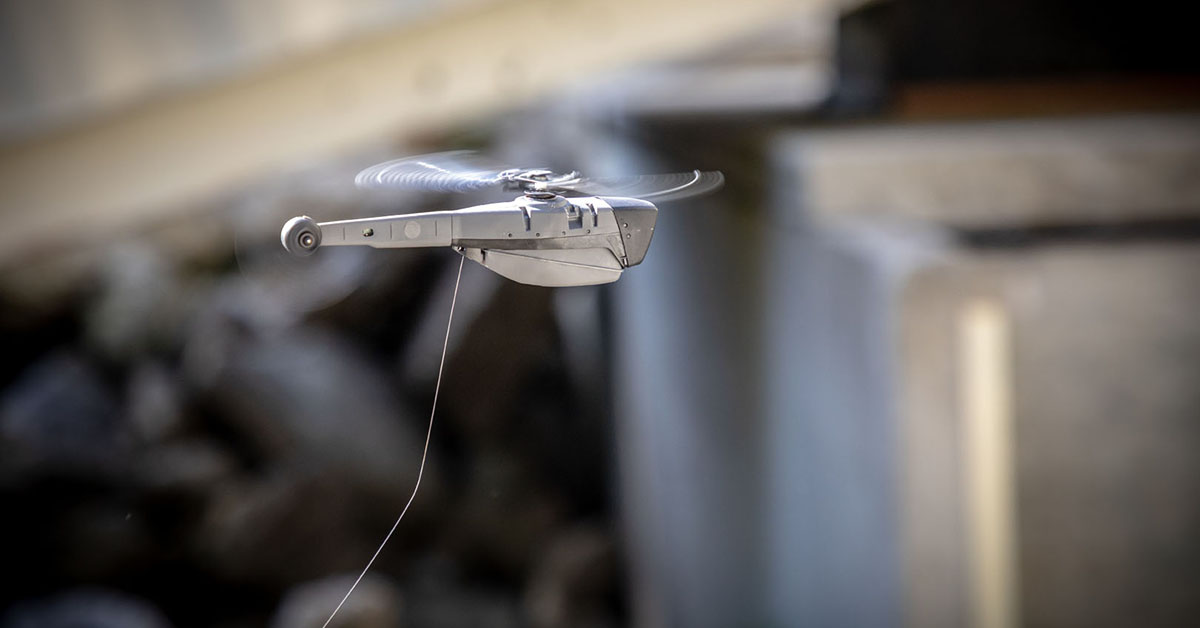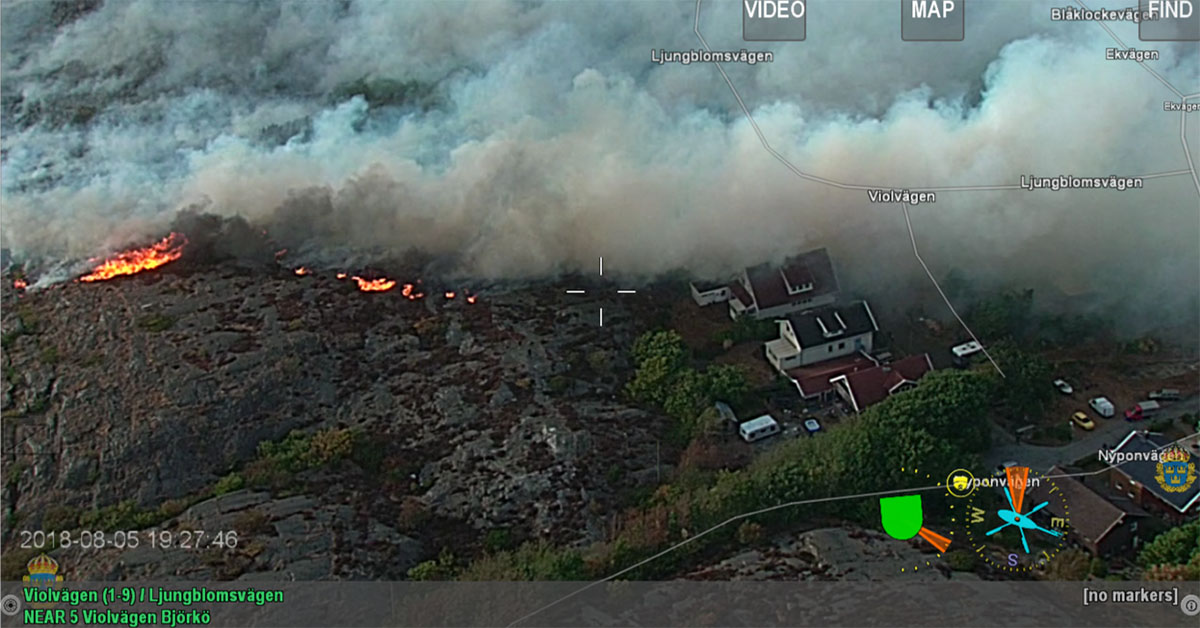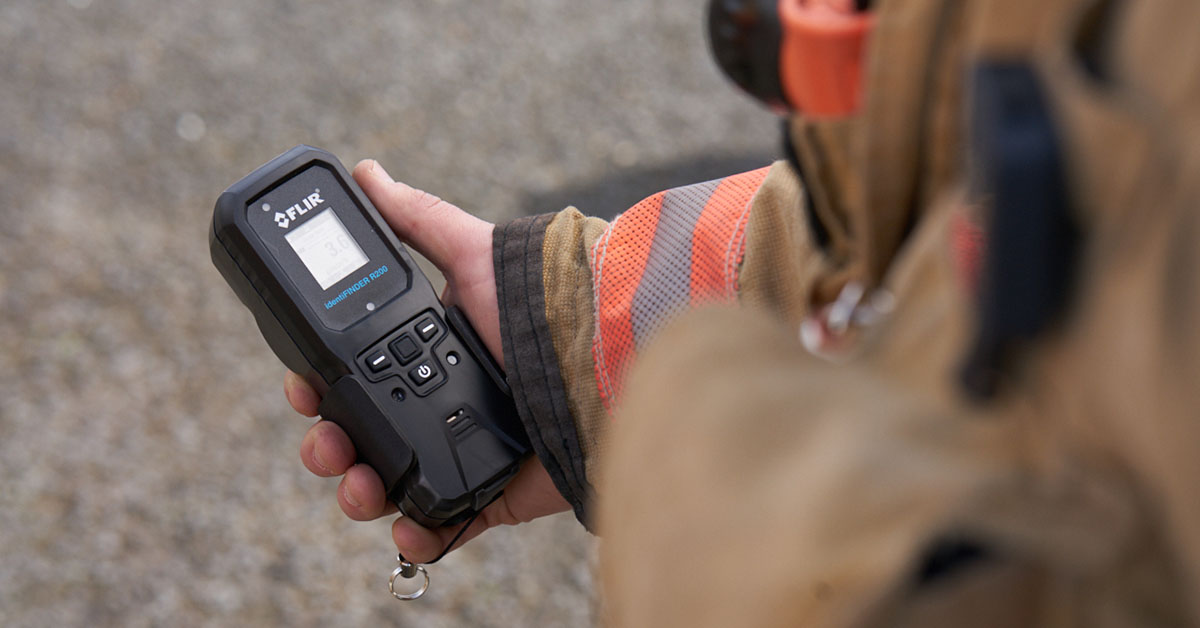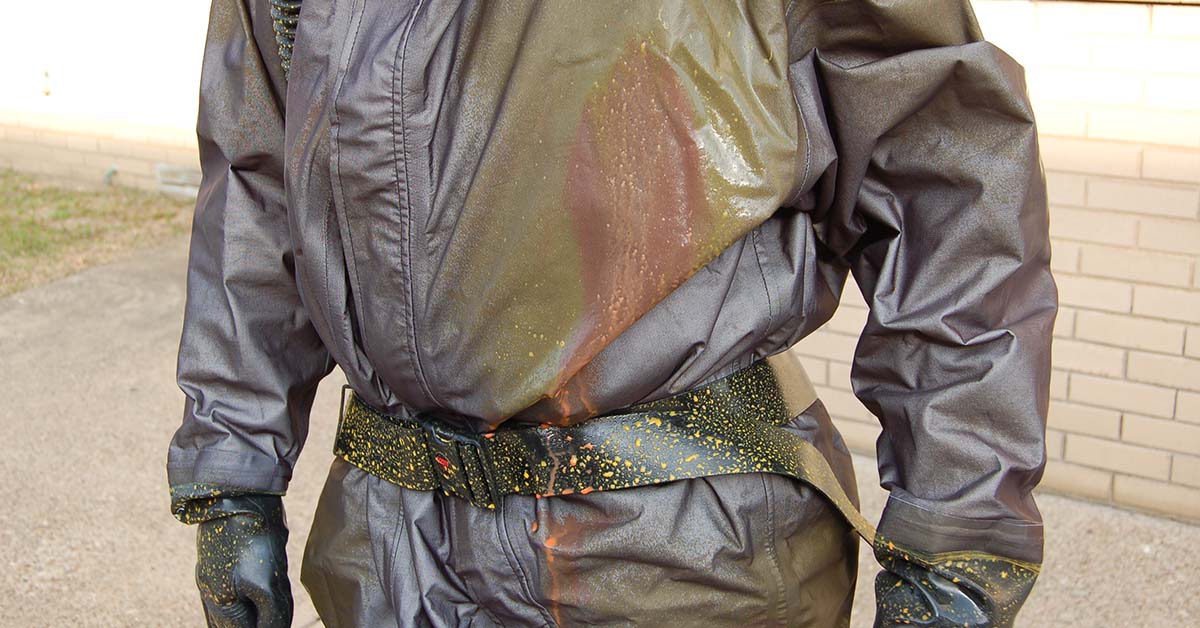Top 5 Advancements in the FLIR Black Hornet 3 Nano-UAV

FLIR recently announced the next generation Black Hornet 3 nano-unmanned aerial vehicle (UAV), the latest version of the world’s smallest combat-proven personal reconnaissance system. Built for use by global militaries, government agencies, and first responders, the Black Hornet 3 provides short range surveillance day or night, enabling the personnel to maintain situational awareness, threat detection, and surveillance no matter where the mission takes them.
The Black Hornet 3 transmits live video and still images back to their operators, allowing ground units to expand their visual range, especially in complex and urban environments. The Black Hornet 3 is nearly inaudible at even close ranges, making it a critical tool on any mission.
Fielded by over 30 nations over the past seven years, and now in use by both the U.S. and Australian Armies, the latest version of the Black Hornet brings several major improvements. Here are the top five feature advancements in the new Black Hornet:
- Flies in GPS-denied areas – The Black Hornet 3 now flies in areas where no GPS exists. It can fly from outdoors into buildings or caves, and help assess a situation before putting personnel in harm’s way.
- Flies Faster and Further – the newer version offers improved speed and distance compared to previous versions. With the ability to fly over 21 kilometers per hour. Since it flies faster, it can cover more area than previous versions, now up to 2 kilometers.
- Improved image quality – the Black Hornet 3 features better overall image quality than previous version. With a newer FLIR Lepton thermal sensor and a high-definition visible camera, the system offers sharper image processing to give operators intelligence.
- Modularity – older Black Hornet models have integrated sensors and batteries. This limited the operator to charging the unit in a base station, as well meant that each aircraft was specific to the mission. The new modular design allows batteries to be quickly replaced, and sensors to be swapped as needed.
- Enhanced User Experience – Black Hornet 3 users fly the nano-UAV using a controller and monitor as part of the PD-100 system. The monitor features redesigned software to make it easier and more intuitive for operators to navigate. Additionally, operators can easily create flight profiles, setting waypoints and assigning tasks for the Black Hornet 3 at each waypoint. For instance, operators may task the Black Hornet 3 to stop, rotate, and use the sensors to scan 360 degrees at certain waypoints.
The sum of these improvements in the Black Hornet 3 provide critical situational awareness to military personnel and first responders to improve decision making that help save lives on the mission. For more information about the Black Hornet 3, visit FLIR.com/BlackHornet


